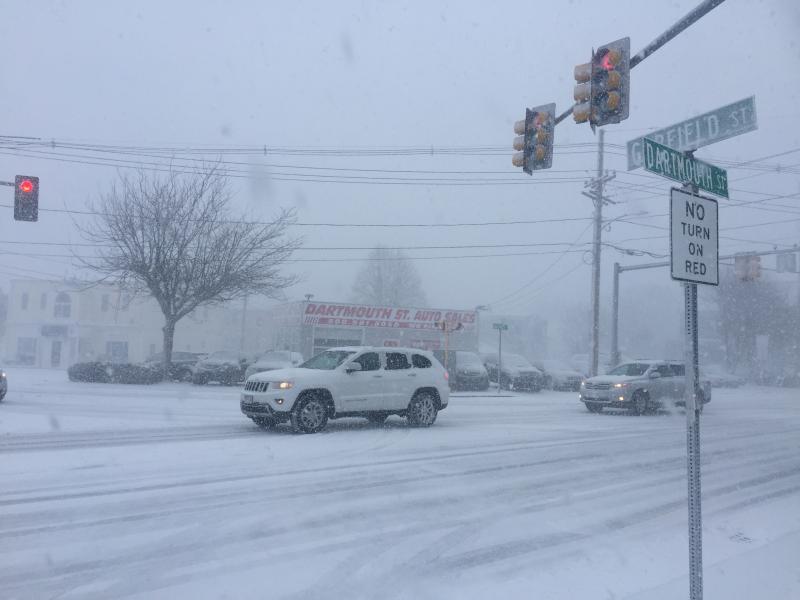What the heck is a 'thundersnow?'
Residents across the South Coast may have noticed bellowing thunder and sharp flashes of lightning this morning, if the smacking winds and racing flurries weren't enough of a distraction.
Apparently, a thunderstorm during a snowfall has a name: thundersnow. We called up the National Weather Service and talked to spokesman Bill Simpson to find out what the phenomenon is all about.
What the heck is a thundersnow?
It's a combination of a thunderstorm with precipitation that falls as snow. It's relatively rare, but today, it's relatively wide-spread.
How does it work?
Do you have a fireplace? You open the flue because you need that warm air to escape.
The jet stream is high-speed wind that forms 25,000 to 40,000 feet above the earth where cold air from the Arctic meets warm air coming off the oceans. It's moving over us now, opening up the flue and allowing the warm air mass to rise. The jet stream supplies that instability for storms to develop.
This is a process of redistributing heat energy.
How is this different from a thunderstorm in the summer?
In the summertime, it's a totally different environment because there's plenty of heat with it. In the summer, it's snowing 15,000 feet up, but it melts before it reaches us.
You need both heat and moisture for a thunderstorm to form. The warmer the air, the more moisture it can hold. Because the air was so warm yesterday — 58 degrees in Dartmouth — it's retaining a lot of moisture. But as temperatures dropped to 21 degrees today, it began freezing that moisture, which in turn is why we're seeing so much snow.
What caused the lightning?
Negative and positive charges build up, and static develops. Once that is released, it comes in the form of lightning. The same happens in the summertime.
When can we expect the snow to stop?
It's already begun tapering off in Western Massachusetts. By early to mid-evening, it should be done on the South Coast.
We might get another storm on Sunday, though.













